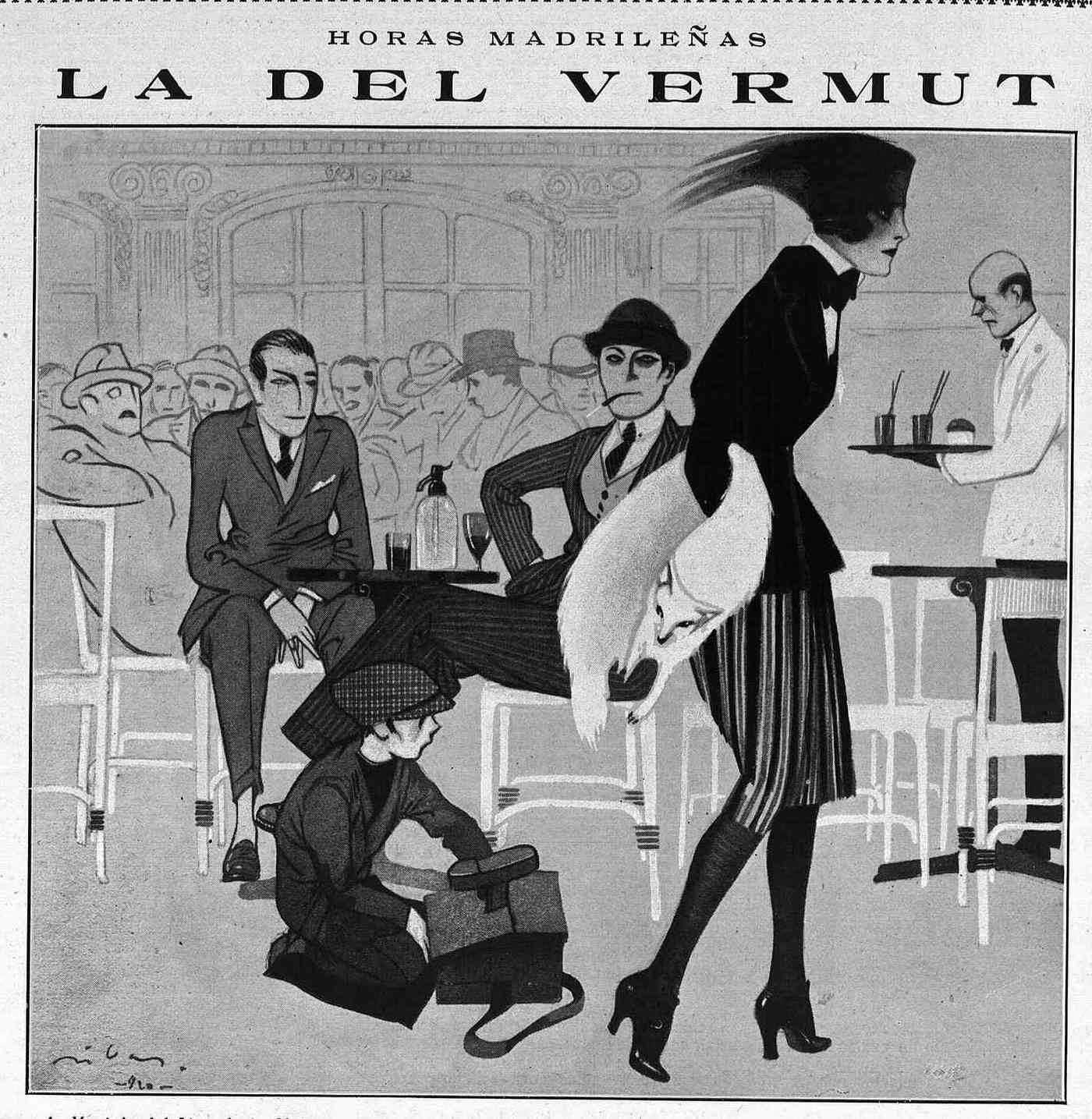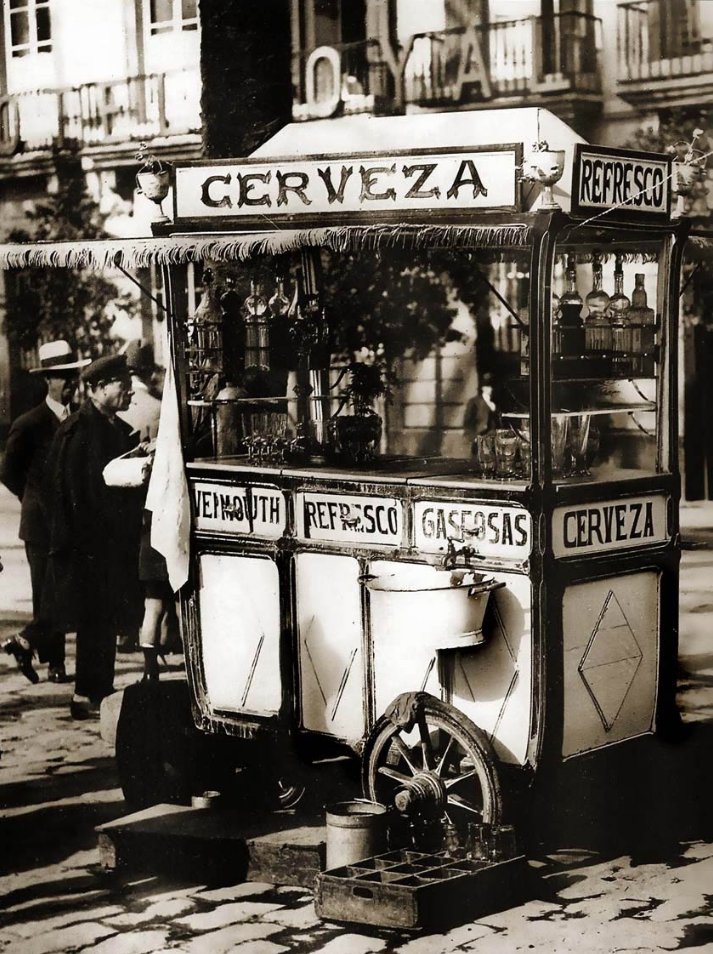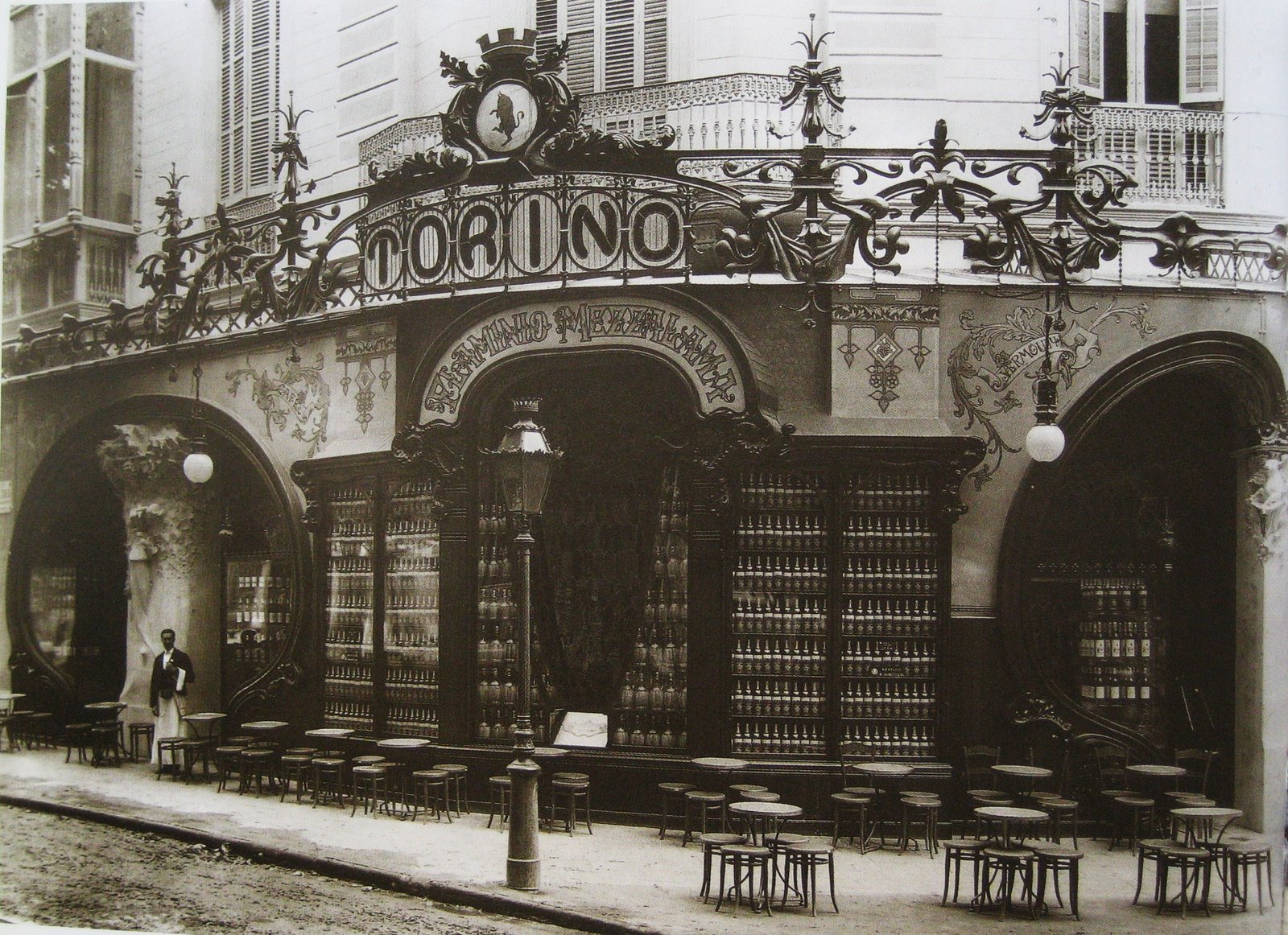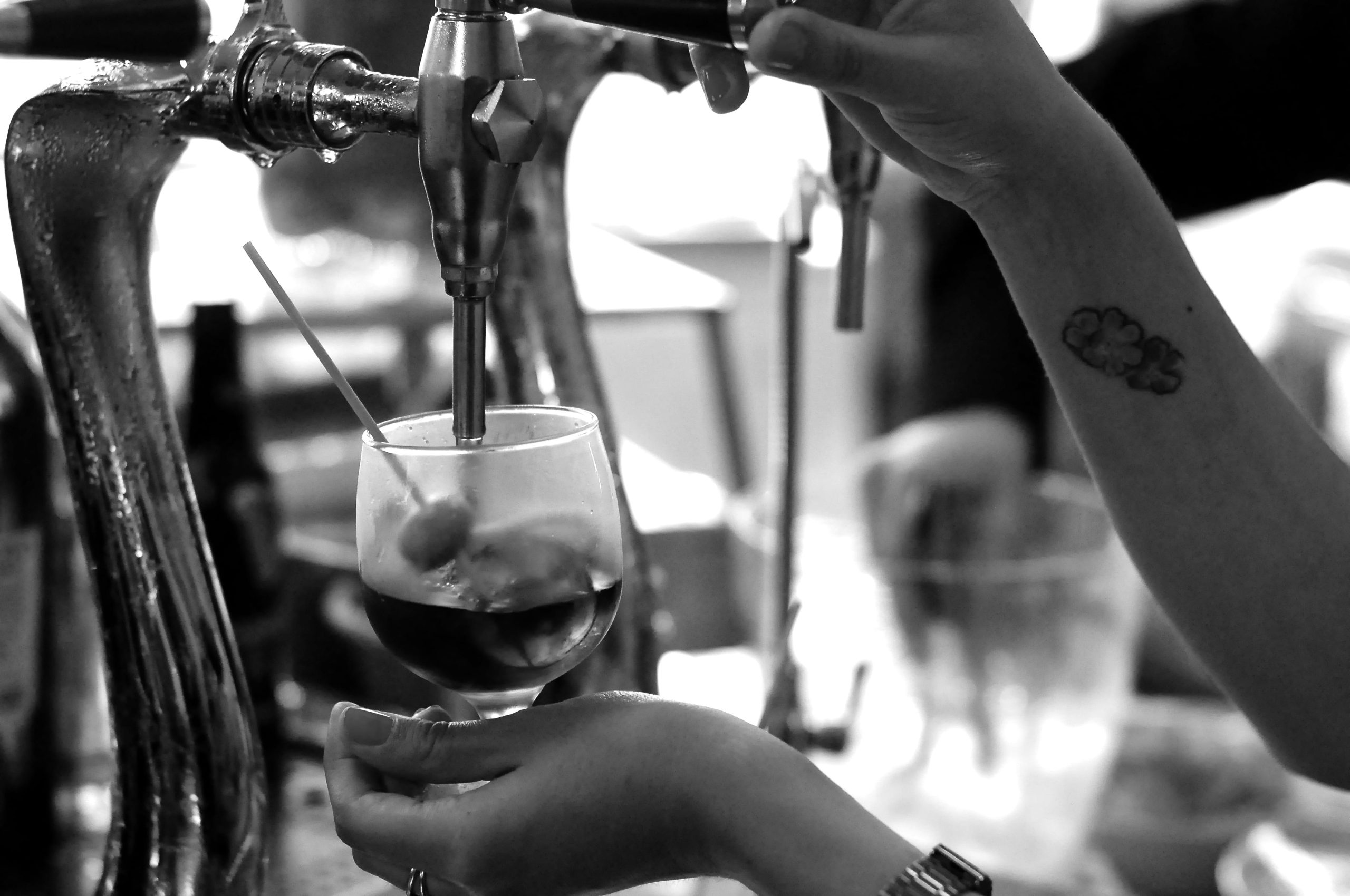How Spain Fell in Love With Vermouth
Spain is now one of the world’s leading vermouth markets and probably the only country where it’s drunk straight rather than mixed. So how exactly did Spain fall in love with vermouth?
14 February 2023 · 7 min read


Vermouth is so popular in Spain, a significant number of locals actually believe that it was invented in their country. It is of course wrong: Italy and France are the historical heartlands of the storied aromatized wine and Spain only discovered the stuff in the late 19th century, almost a century after it had become the ‘it’ drink in Paris’ cafés and on Turin’s terraces. This still leaves one interesting question. Spain is now one of the world’s leading vermouth markets and probably the only country where it’s drunk straight rather than mixed. So how exactly did Spain fall in love with vermouth? All it took was two marketing geniuses. Sometimes, that’s all a love story requires. But first, a bit of background.
For Spain, the 19th century was a tough one. Their imperial ambition took a beating, with South American countries liberating themselves from the crown’s yoke. There were numerous regime changes, from conservative to liberal to conservative again, and a series of civil wars.
This might seem unrelated to vermouth but it actually is: aperitivos are only drunk by people who know they’ll have some food tomorrow and aperitivo culture first thrives in big cities with a well-to-do middle class with plenty of spare cash and spare time. Spain was a late bloomer in that respect. Among the many things the Spanish ruling class turned towards in order to solve the nation’s issues, one decision stands out: in 1869, they got rid of Queen Isabella II and decided to look for a new monarch outside the country. They picked a nobleman from a country that seemed to be going places. In 1870, Italy’s Amadeo of Savoy, born in Turin, was named King of Spain. And that’s when our story really starts.

A few months after the crowning of the young Amadeo, a Catalonian entrepreneur had a bright idea: now that Italians ran the Madrid court, Italian products are bound to become very trendy indeed. So what is a typical Italian product that’s difficult to find in Spain? Vermouth! Salvador Sallés, as the man was called, created the first Catalonian vermouth some time in 1871. But his genius move (today ‘genius’ is an overused qualificative, but it may apply in this case) was to ask an audience at the royal palace in Madrid to introduce his vermouth to the Italian king. As relayed by the press, the meeting took place on March 14th 1872. Just six days later, the official announcement came: the Sr Sallés had been named official provider to the court. Amadeo didn’t stay long in Spain: in early 1873, a few months after being shot at by conspiracists, he abdicated and left the country. Thankfully, he didn’t take vermouth with him!

For another ten years, Sallés soldiered on. But vermouth’s appeal faded after the initial enthusiasm, even though many other Catalonian brands appeared. They didn’t move volumes and, by the end of the century, vermouth was never discussed as a trendy drink. This state of affairs worried Flavio Mezzalama, a Novara native who had been living in Barcelona at least since the late 1880s. A tireless promoter of Italian culture and an ambassador of sort for the friendship between his country and his adoptive city, he had always pushed vermouth as the drink of choice and was also the importer of an up-and-coming brand from Turin. But, alas, most drinkers were to be found in what at the time was the small Italian community of Barcelona.

As Mezzalama was a resourceful man, he had an idea: he decided to open a café where he would offer aperitivo, Turin style. If the business thrived, he reasoned, other café owners would seek to emulate him. The place, opened in 1901 near the Cathedral, was logically called Torino. And thrived, it did. So much so that a few months later, Mezzalama opened a grander version of his Torino. Located on Passeig de Gràcia, where today’s luxury brands have their flagship stores, the new Torino was designed by some of the most decorated artists of the time, with Gaudi taking charge of one of the rooms.
This was, in essence, Italian vermouth’s flagship café in Spain and it attracted the liberal elite of Catalonia: artists, writers, industry barons and politicians turned it into one of the places to be in a city undergoing a cultural awakening.

The Torino could be a case study for a Marketing 101 course at a business school. Mezzalama managed to raise vermouth’s profile in Spain by attracting Barcelona’s elite to a café where one almost had to order a vermouth. And what the higher classes flout will always become the object of desire for people who have no access to the same circles but do have the disposable income to acquire what is consumed in said circles. The Torino made vermouth trendy. And Spain went through its vermouth craze: between 1901 and 1910, it spread and spread and spread, becoming the aperitivo of choice for anyone with spare time and spare cash. It’s almost impossible to find a photo of a fancy café of that decade without tables filled with seltzer siphons, always a sure sign that whoever sat around that table had ordered aromatised wine.

Over the years, vermouth became part of Spanish culture full stop. It went from fancy to being a drink for the regular joe. In the process, it’s lost a bit of its shine, but by becoming popular sales increased and Mezzalama had reached his goal. Sadly, he passed away in 1911 so he wasn’t there to see how vermouth adapted to reach all corners of his adopted country. But that is a story for another day. ———— The views and opinions expressed in this article are those of the author and do not necessarily reflect those of Freepour.









